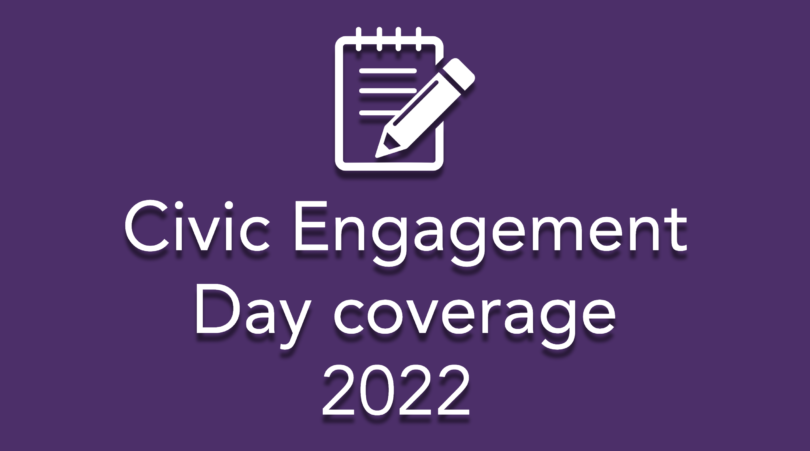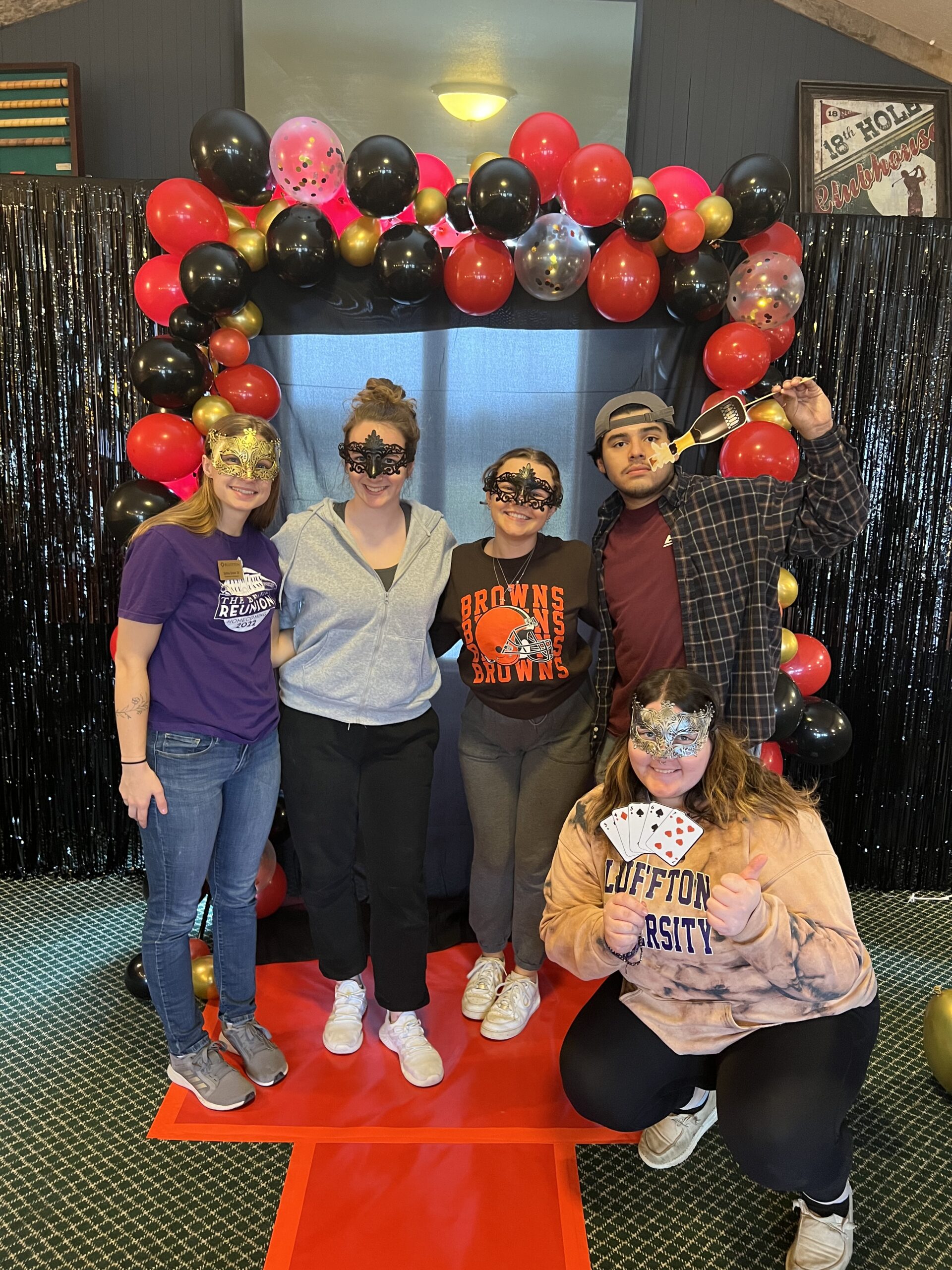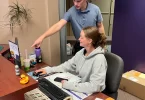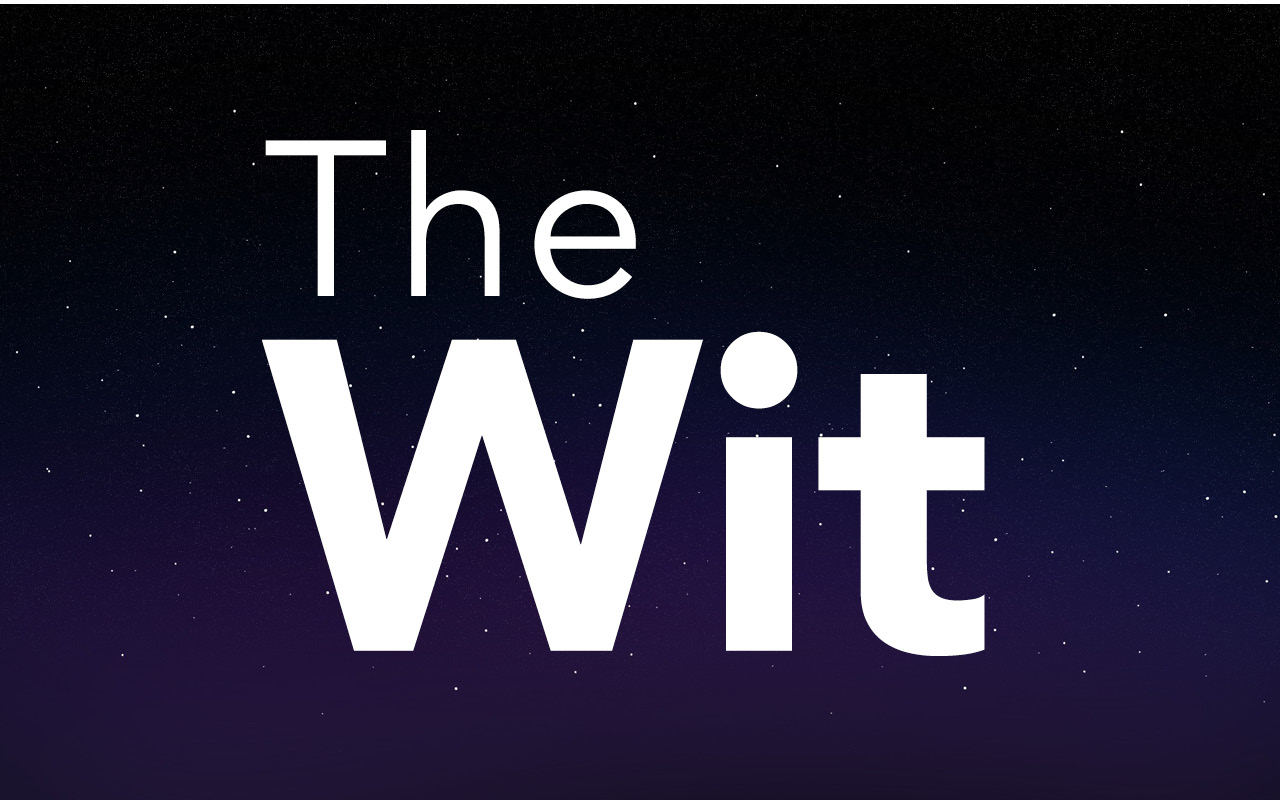By Sarah Rivera Rios
Students in the Labor Economics class taught by Professor of Economics Jonathan Andreas presented on a variety of fields that cover the economics of simplicity as part of Civic Engagement Day April 6.
“Putting two terms together that quite often go opposite directions was a challenge for my students,” said Andreas.
Students covered topics including Modernity vs. Simplicity, Social Media and Simplicity, Simplicity in the Amish Community and The Bible and our Finances.
“Living a simple and minimal life in a modern era is definitely a challenge for society,” said Josh Slade, a junior business administration major. “On one hand you want to save time and space, but on the other you want to save resources and money… it’s really about what you prioritize.”
In their presentations, students highlighted the economic impact of living a simple life.
“Some believe the Internet is making people more isolated, while others trust that it increases democratic participation,” said Gabe Reichenbach, a sophomore business administration major. “Minimalism is known for less is more, and from an economic perspective, the less you purchase the more you save.”
Students linked their presentations to the idea “less technology equals living a simpler life” as they believe minimalism has an inverse relationship with the external conflicts that our modern world has.
“When the project was assigned, I immediately thought about my Amish relatives,” said Eli Grieser, a junior business administration major.
Grieser explained how the Amish community is known for being quiet people rejecting technology. In the late 1950s, sociologists predicted the soon disintegration of the Amish, as they wouldn’t be able to survive under the pressures of technology and urbanization.
“Contrary to these predictions, the Amish population grew exponentially from 4,100 in 1950 to 22,300 by 2000,” said Grieser.
Andreas said the project not only helped his students to learn more about simplicity in a modern era, but also to apply some literary figures while presenting.
“I asked my students to elaborate their presentations using the Pecha Kucha method,” said Andreas. “It means chit-chat in Japanese and is a format that uses 20 slides displayed for 20 seconds each.”
This method was a challenge for the students as they had to adjust their information to the given time, maintaining a slow and understandable pace.
“It was my first time using the Pecha Kucha method,” said Slade. “There were several times where I had to record the slide more than twice because I’d be over a second or two, but it was fun.”
Students said using the Pecha Kucha method was easier to engage the audience as they weren’t overwhelmed with big loads of information.
“I think it was a good way to show off different topics that you usually don’t learn in class,” said Rachel Hellman, a junior graphic design major. “Students should care about Civic Engagement Day because it kind of prepares you for the real world, you’ll be asked to do tasks that will be out of your comfort zone.”
This Civic Engagement Day was a new experience for most students in the classroom, as they couldn’t experience it in the past two years because of Covid-19.
“This was my first Civic Engagement Day, and I enjoyed and learned more than I thought I would. Everyone had a different topic but at the end it all connected to living a simple and minimal life,” said Andrea Peralta, a junior business administration major.







